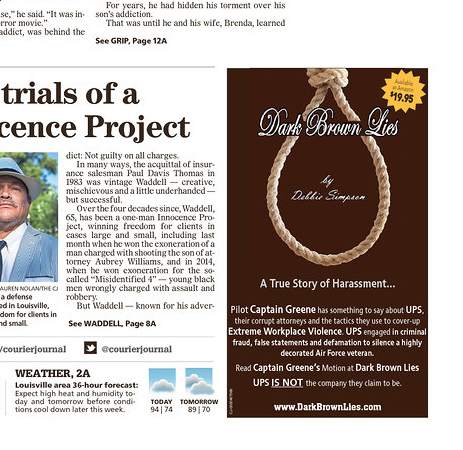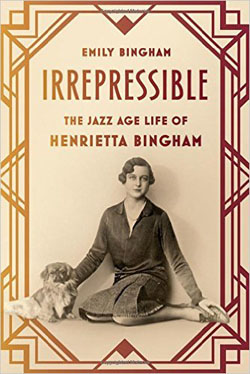 In “Hillbilly Elegy,” according to a new book review in The New York Times, author J.D. Vance offers “a compassionate, discerning sociological analysis of the white underclass that has helped drive the politics of rebellion, particularly the ascent of Donald J. Trump. Combining thoughtful inquiry with firsthand experience, Vance has inadvertently provided a civilized reference guide for an uncivilized election, and he’s done so in a vocabulary intelligible to both Democrats and Republicans.”
In “Hillbilly Elegy,” according to a new book review in The New York Times, author J.D. Vance offers “a compassionate, discerning sociological analysis of the white underclass that has helped drive the politics of rebellion, particularly the ascent of Donald J. Trump. Combining thoughtful inquiry with firsthand experience, Vance has inadvertently provided a civilized reference guide for an uncivilized election, and he’s done so in a vocabulary intelligible to both Democrats and Republicans.”
Vance, 31, now a Silicon Valley investor, knows hillbilly Kentucky. He was reared 136 miles northeast of Louisville, in Middletown, Ohio, a now-decaying steel town filled with Kentucky transplants, including his own family from Breathitt County.
“Economic insecurity, he’s convinced, accounts for only a small part of his community’s problems; the much larger issue is hillbilly culture itself,” the Times says. “Though proud of it in many ways, he’s also convinced that it ‘increasingly encourages social decay instead of counteracting it.’”
The review continues: “His frustration with the non-working white poor is especially acute. He recalls being a cashier at a Middletown grocery store and watching resentfully as his neighbors, who had creatively gamed the welfare system, jabbered on their cellphones as they were going through the checkout line. He could not afford a cellphone.”

Vance writes: “Political scientists have spent millions of words trying to explain how Appalachia and the South went from staunchly Democratic to staunchly Republican in less than a generation.” He suspects those cellphones have a lot to do with it. “I could never understand why our lives felt like a struggle while those living off of government largess enjoyed trinkets that I only dreamed about.”
—
Hillbilly Elegy: A Memoir of a Family and Culture in Crisis; 264 pages. Harper. $27.99.


 We’re adding this to our reading list, and not only because it’s a terrific way to observe gay pride month: Emily Bingham’s biography “Irrepressible: The Jazz Age Life of Henrietta Bingham,” which resurrects the life and legend of her ancestor, a woman who was too hot to handle not only in her own times, but for a half-century after, The New York Times
We’re adding this to our reading list, and not only because it’s a terrific way to observe gay pride month: Emily Bingham’s biography “Irrepressible: The Jazz Age Life of Henrietta Bingham,” which resurrects the life and legend of her ancestor, a woman who was too hot to handle not only in her own times, but for a half-century after, The New York Times  F. Scott Fitzgerald’s
F. Scott Fitzgerald’s